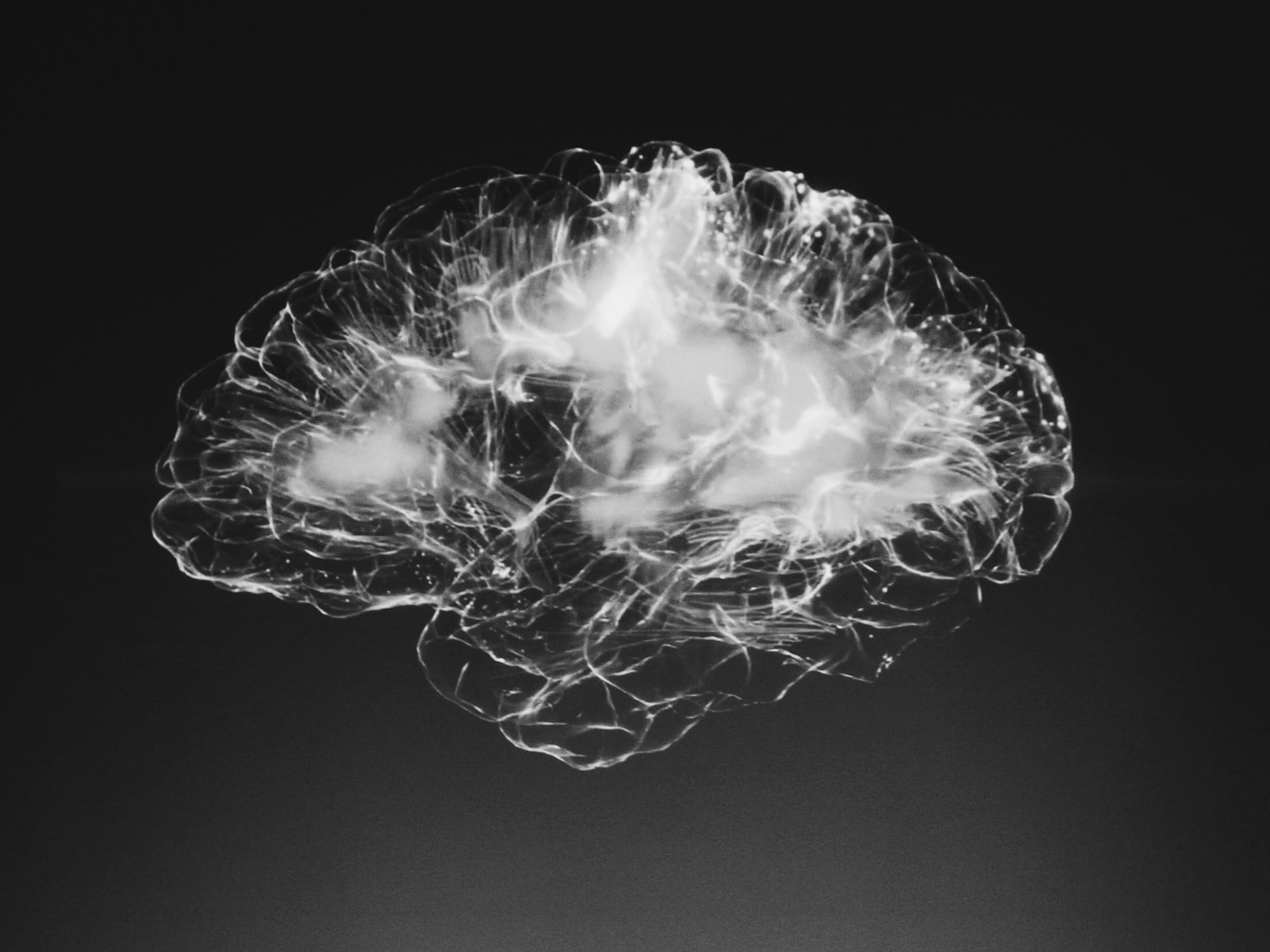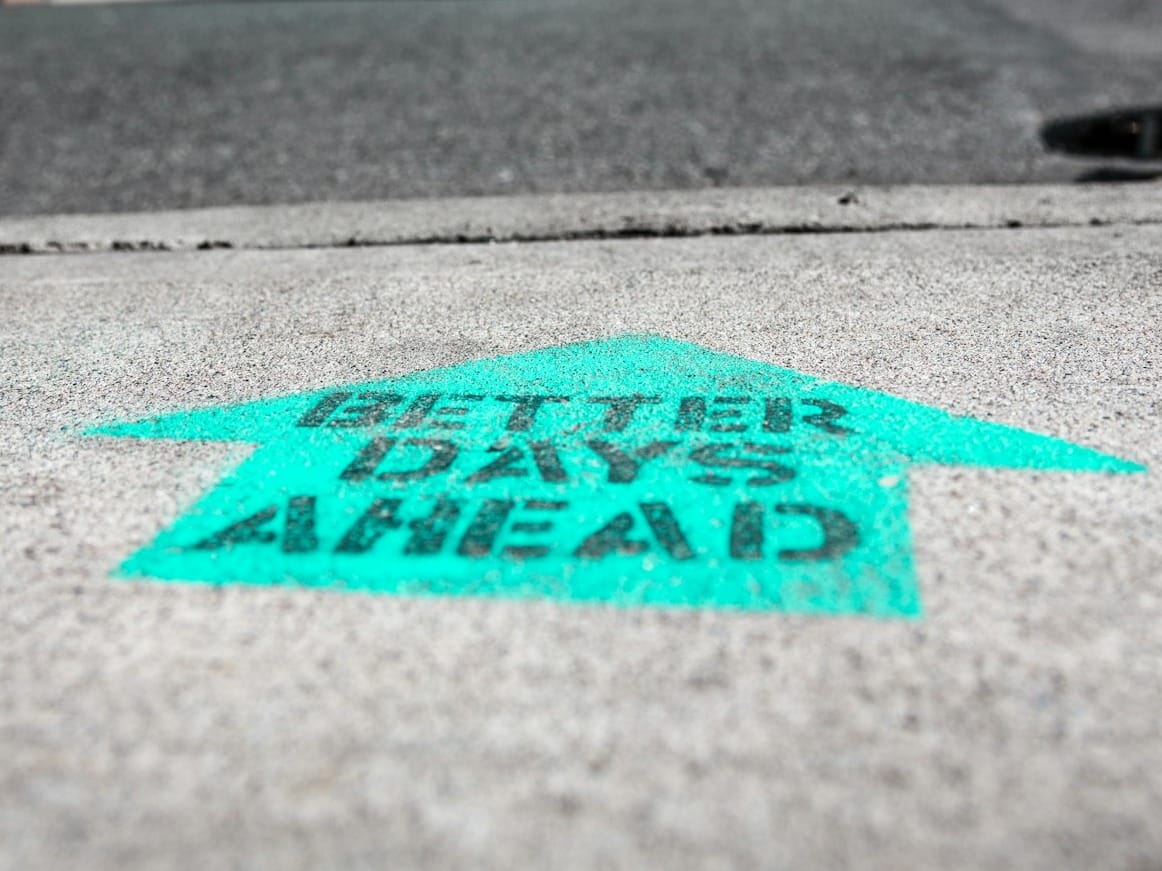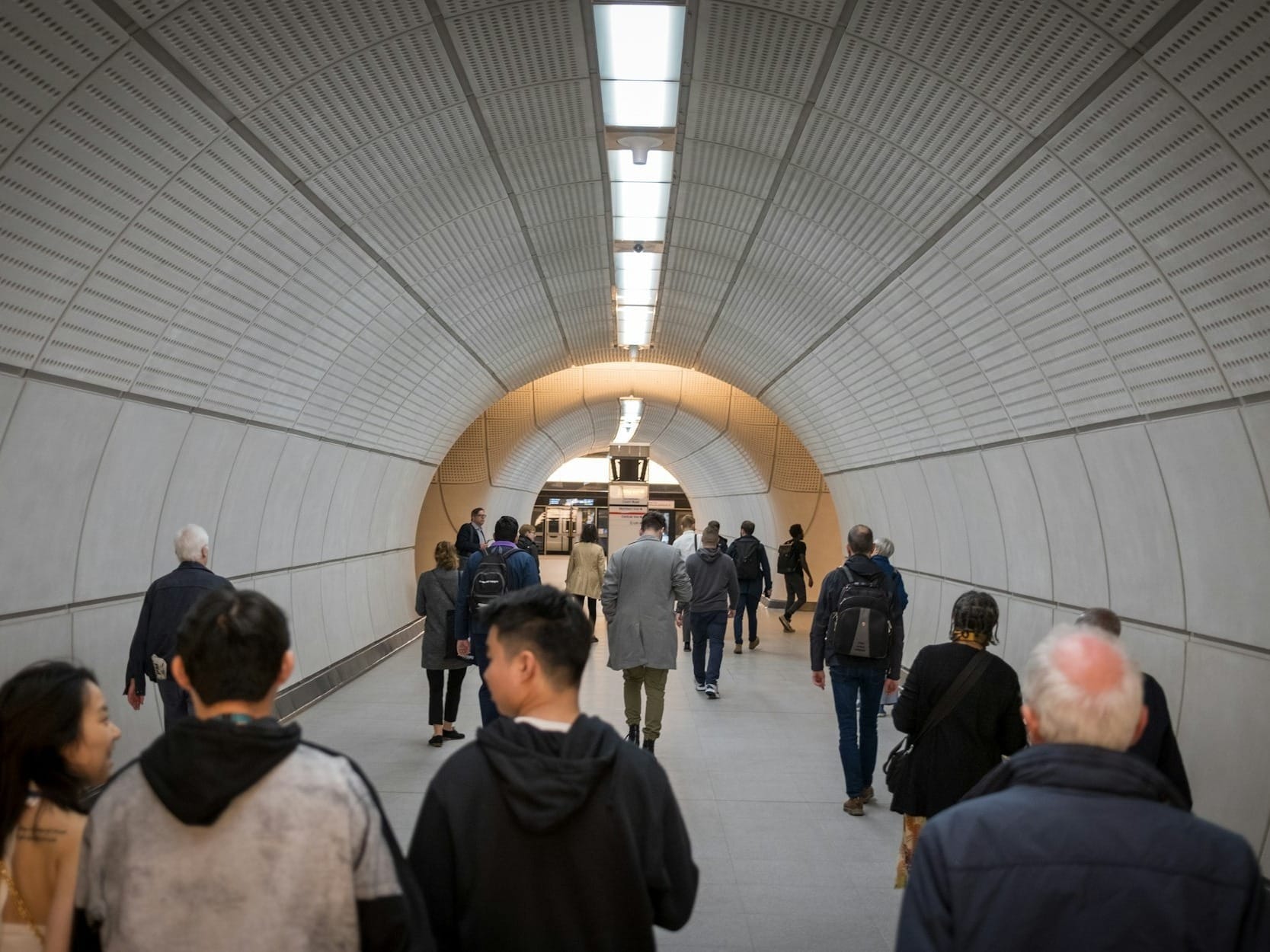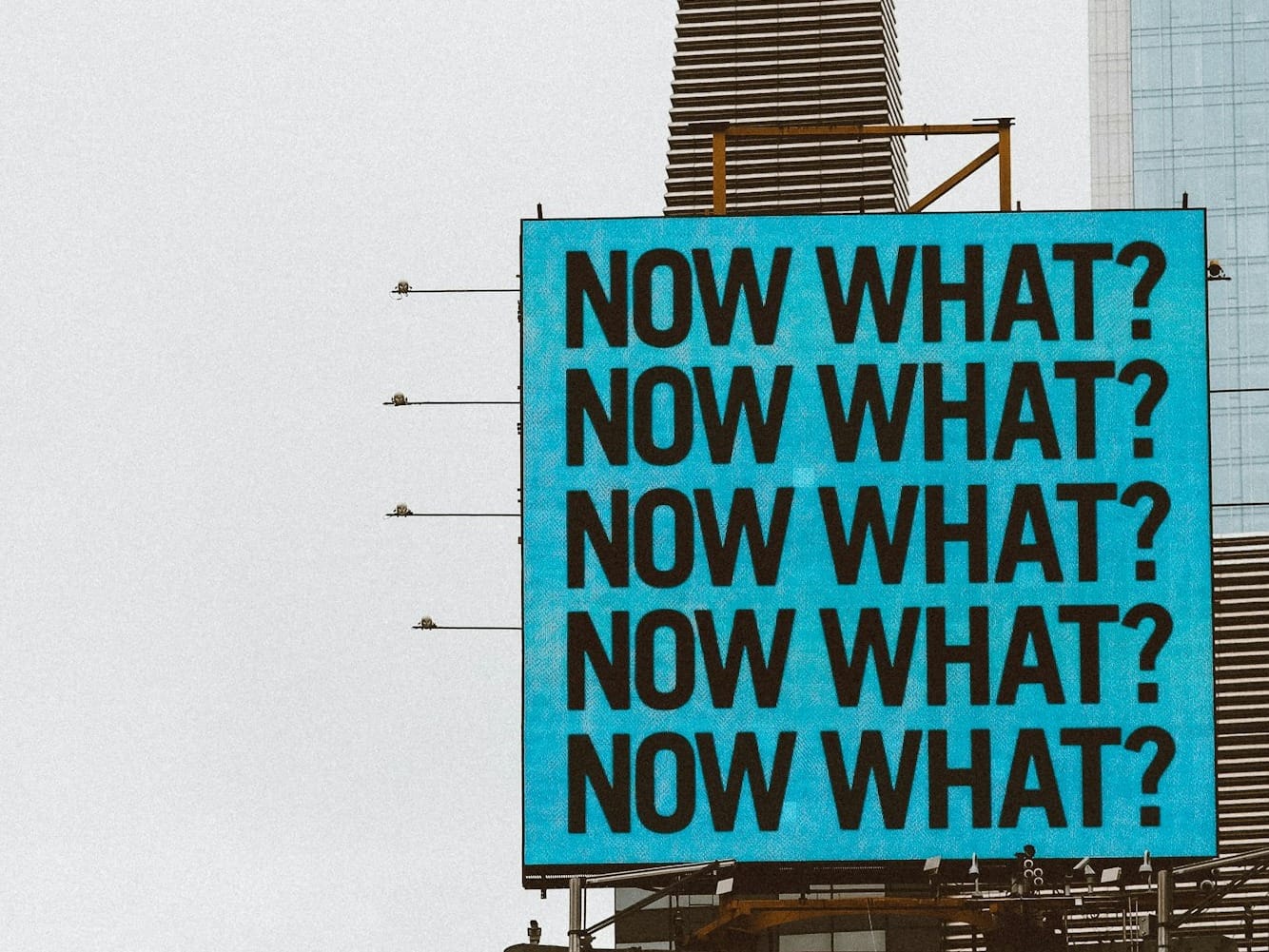
These are tough times to confront the climate crisis and stay motivated.
With a new U.S. administration comes a new withdrawal from the Paris Agreement soon after we exceeded the 1.5°C warming threshold. Atmospheric concentrations have reached their highest levels for two million years and the climate will continue to change even if all emissions stop overnight. Any promise placed in nuclear fusion, carbon capture, and solar geoengineering remains divisive - particularly among those you would hope to have reached a consensus by now.
And the climate crisis is just one part of the 'triple planetary crisis'. I could go on.
With this context in mind, I decided to revisit a mindset that has sustained my best climate work in the last two decades. Several concepts are insightful: the psychological duality in Good to Great by Jim Collins, sceptical optimism (or skeptical optimism), the counterintuitive trait that will make you significantly more successful, a growth mindset, mental contrasting and the importance of watching out for optimism bias. While each offers something unique, they provide an important, common theme.
That theme is that nobody has to be a pure, 'through and through' optimist, a realist, or a sceptic. Instead, someone can simultaneously adopt all three of these different perspectives in their approach to climate work. Hopeful thinking about the future can, and should, be paired with critical thinking about how we really can make that future a reality.
Only that specific combination can sustain your climate work - it avoids being too negative about the future or too complacent about what it might take to get there.
The rest of this long read turns the conceptual into more practical guidance. It expands on the roles of optimism, realism and scepticism with suggestions that can work for you and those you work with.

Optimism and staying hopeful about the future
Optimism about the future - even if it has to be the far future - is essential, so investing time in cultivating this optimism is worthwhile.
One approach is to decide that optimism about the future is the logical choice. Maybe that is a bit harder than it sounds, but as former chief executive of the Environment Agency Sir James Bevan has said climate doomism might be the new climate denial given they both lead to inaction. He argues doomers - like deniers - ignore the facts: "we know what the problem is; we know what we have to do to solve it; we have started to do it; and if we keep on doing it we will succeed".
If being that logical feels challenging, other options are available. One straightforward, often recommended way to ease eco-anxiety is to start - or restart - taking action to restore a sense of control and agency.
A wild card option is a crude form of exposure therapy: a deep-dive behind the newspaper headlines into IPCC AR6 reports and worst-case scenarios. As these possible futures become less abstract it is easier to imagine ways that we might adapt to them. A slightly different idea is seeking comfort and inspiration in what history can teach us about human adaptation to the natural environment or even how other species have coped with climate change.
If none of that works, there is always David Bowie's sentiment that "I don't know where I'm going from here, but I promise it won't be boring".

Realism, scepticism and staying critical about making the future a reality
Optimism about the future can easily become misplaced and lead to complacency. That is where realism and scepticism come in and ensure there is critical thinking about making the future a reality.
In Good to Great, Jim Collins describes how he observed that the management team of every successful business "accepted the brutal facts of reality [...] while they maintained an unwavering faith in the endgame, and a commitment to prevail as a great company". Skeptical optimist proponent Shane Snow puts it simply that "to solve problems in innovative ways, we need to have an accurate view of the world". He points out that it can be easy to end up persisting with a fallacy to save face, and it can be hard to raise doubts without "being a jerk".

Major UK infrastructure projects provide more practical examples. The London Assembly’s transport committee identified optimism bias as a threat to the delivery of Crossrail and of the things that went wrong with HS2 according to the Productivity Institute, many could be attributed to optimism bias - an incredibly persistent human tendency to overestimate the chances of positive things happening, and underestimate the chances of things going wrong.
Despite the fact that optimism bias is a recognised problem with government guidelines and procedures in place specifically intended to counter it within such projects, research by LSE found that on HS2 the bias still crept back in.
They might also reveal something else: how easily being hopeful about the future can spill over into hope that we - and everyone else - are inevitably making it a reality. It is easy to imagine that ambitious infrastructure projects require those involved to be so hopeful about the future that they become equally hopeful that they are achieving it. A key lesson is to be cautious when a situation demands large amounts of optimism about the future - that optimism is difficult to contain.

Inspired mainly by Good to Great and skeptical optimism, five key questions can help bring realism and scepticism into climate work. When thinking about a desired future or specific outcome, it is always worth asking:
- Do we understand the present?
- How easy will it really be?
- How soon will it really be?
- Are we too wedded to the past?
- Are we too wedded to the plan?
These questions are examples that can help uncover where misassumptions might be limiting thinking or impairing decisions. They are just a starting point and a whole checklist of questions might be appropriate and useful.

Starting with a new way of thinking
Adopting a new way of thinking is easier if everyone is aware of it and it becomes a form of joint experimentation. The chances are that is not the case, but there are a few things that can make it less daunting.
Your optimism about the future can remain personal and you can develop your own thinking in whatever way works for you. Adopting realism and scepticism can be as simple as remembering to question ideas, not individuals and then following a template way of expressing doubt e.g. Shane Snow suggests: “I have so much respect for you and how you think. So I don't want you take this personally. I'm just genuinely curious: How do we know that's true?”. (Obviously, be prepared to receive questions like these too.)
Hot takes are definitely an easier sell than nuanced explanations in 2025, so being explicit about adopting 'psychological duality' may not be advisable. As explained previously, it is going to be much easier to be labelled an optimist, realist, or sceptic. If everyone you work with is not on the same page, it is possible that realism or scepticism might be mistakenly confused with pessimism (and even accusations of being a doomer or denier). Be prepared to be challenged in this way with a short, rehearsed script you can recite e.g.:
"I am staying hopeful about the future but critical about making it a reality. "
Bengt Cousins-Jenvey is a trained designer, programmer, and researcher. He has collaborated with designers, manufacturers, policymakers, scientists, and other decision-makers on innovative energy, material, pollution, and waste projects. He has founded two purposeful startups and is an Entrepreneur in Residence at etsaW.

